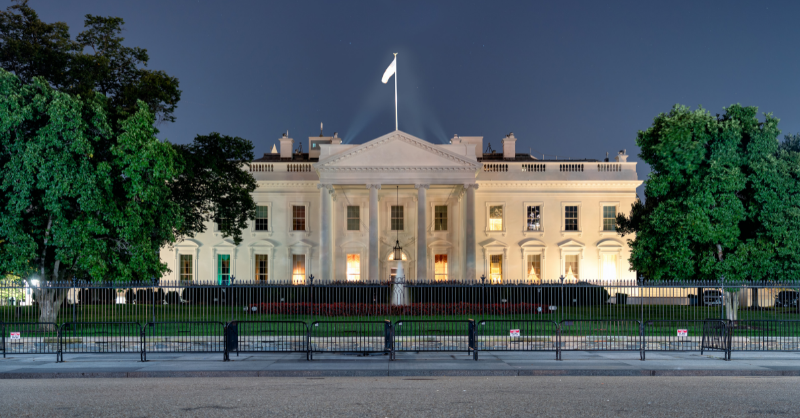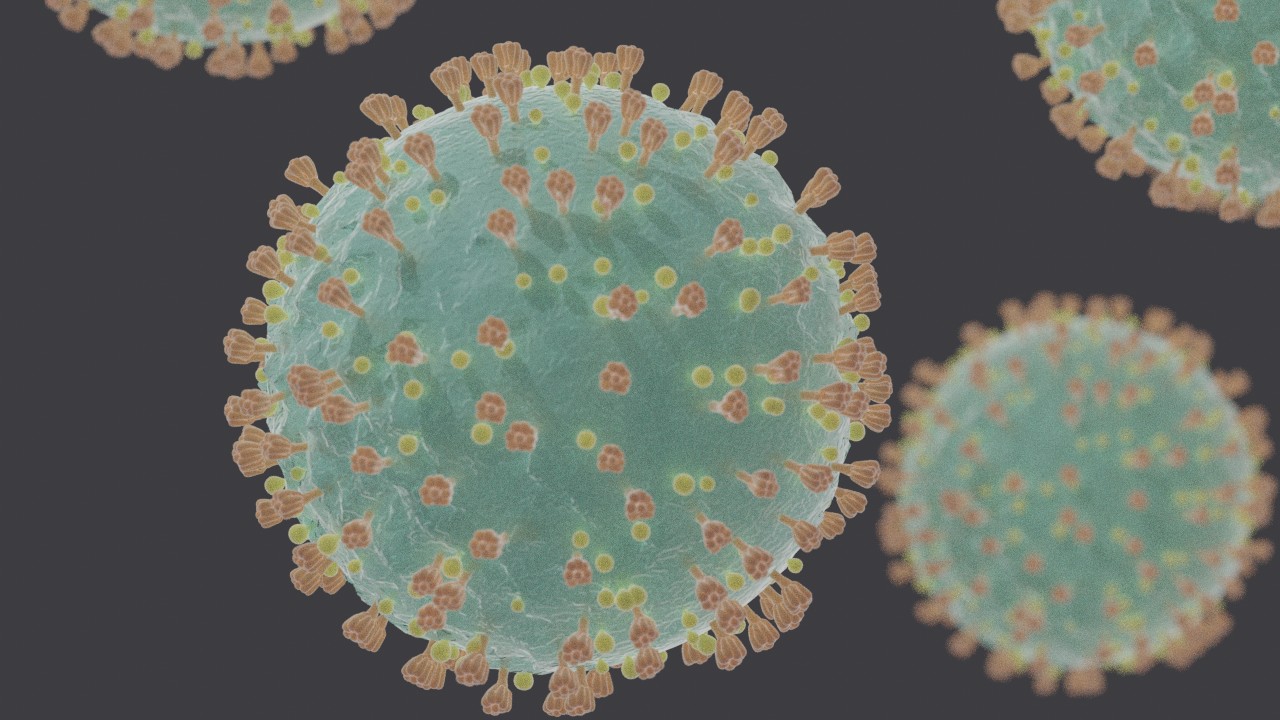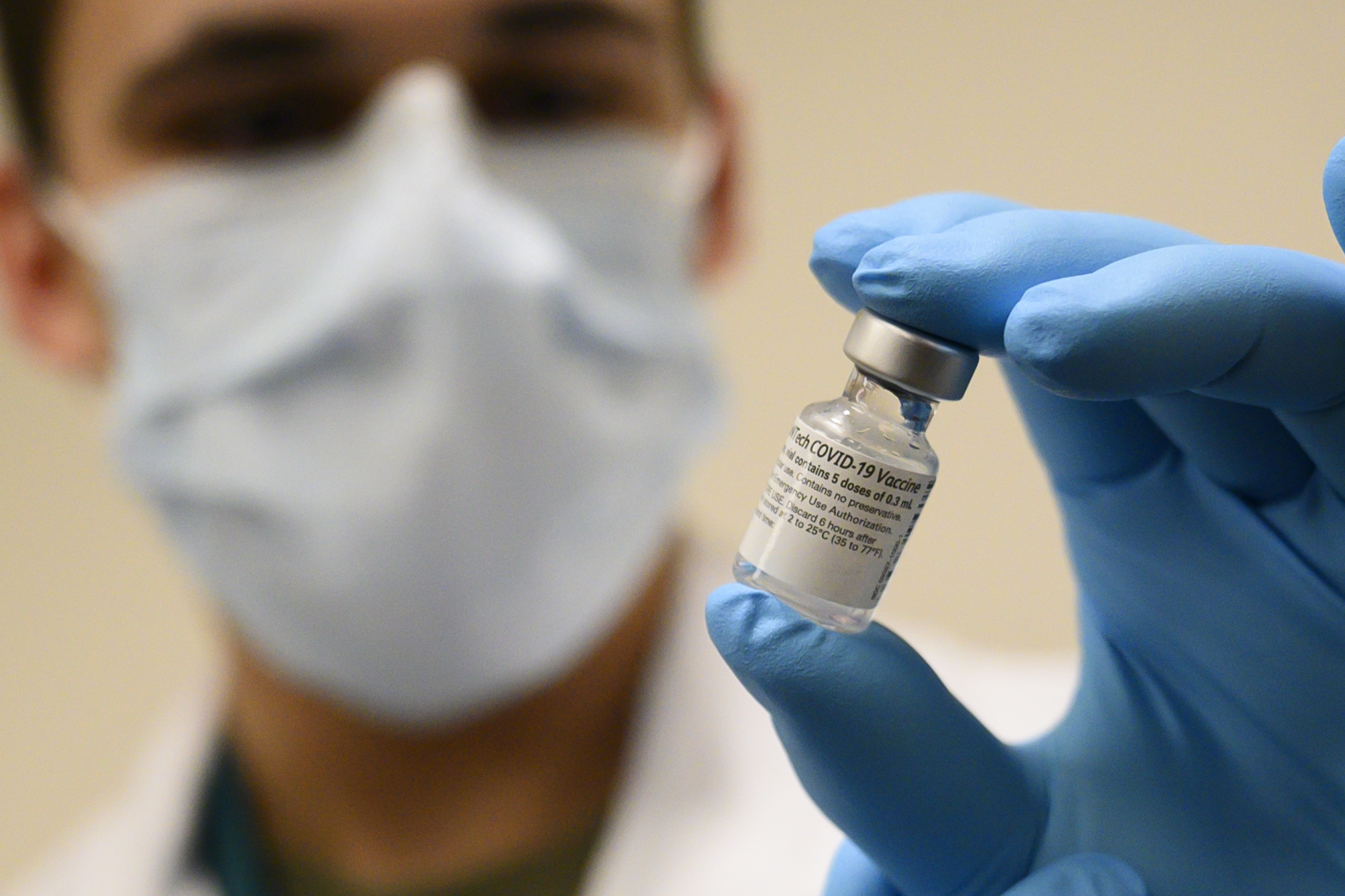Tag: Coronavirus coverage
-
Biden signs bill ending national coronavirus state of emergency

President Joe Biden (D) signed a bill ending the national coronavirus state of emergency on April 10, 2023. The House voted to approve the bill 229-197 on Feb. 1, 2023, and the Senate voted to approve the bill 68-23 on March 29, 2023. Rep. Paul Gosar (R-Ariz.) introduced the bill on January 9, 2023. Biden…
-
Gov. Maura Healey (D) ends COVID-19 public health emergency and vaccine mandate in Massachusetts (2023)

Massachusetts Gov. Maura Healey (D) on March 15, 2023, announced that Massachusetts’ COVID-19 state public health emergency will end on May 11, 2023, to align with the end of the federal public health emergency. The governor also announced that on May 11 she plans to rescind state Executive Order 595, which requires all executive branch…
-
Twenty-one states sue Biden administration over public transport mask mandate

Florida Attorney General Ashley Moody (R), joined by 20 Republican and Democratic attorneys general, filed a lawsuit on March 29, 2022, in the United States District Court for the Middle District of Florida that aims to end the Biden administration’s federal mask mandate for public transport. The mandate, issued by the Center for Disease Control…
-
School mask requirements since the start of the COVID-19 pandemic

Seven states ended their school mask requirements from Feb. 1 through March 1, leaders in seven other states announced these mandates would end between March 2 and March 12. Only one state, Hawaii, has not announced an end to its school mask requirement. Thirty-five states have required masks in schools at some point since the…
-
COVID-19 emergency orders still active in 25 states

At the start of the pandemic, governors and state agencies in all 50 states declared active emergencies related to the COVID-19 virus. These orders allowed officials to access resources unavailable to them during non-emergencies, like stockpiles of medical goods and equipment, and temporarily waive or suspend certain rules and regulations. Half of all states remained…
-
A look back at government responses to the coronavirus pandemic, October 19-23, 2020

Although the first case of COVID-19 in the U.S. was confirmed on Jan. 21, 2020, it wasn’t until March when the novel coronavirus upended life for most Americans. Throughout the year, states issued stay-at-home orders, closed schools, restricted travel, issued mask mandates, and changed election dates. Here are the policy changes that happened October 19-23,…
-
A look back at government responses to the coronavirus pandemic, Oct. 12-16, 2020

Although the first case of COVID-19 in the U.S. was confirmed on Jan. 21, 2020, it wasn’t until March when the novel coronavirus upended life for most Americans. Throughout the year, states issued stay-at-home orders, closed schools, restricted travel, issued mask mandates, and changed election dates. Here are the policy changes that happened Oct. 12-16,…
-
Fifteen states have issued a COVID-19 vaccine mandate for healthcare workers

Since August 2021, 15 states have announced vaccine requirements for healthcare workers. Thirteen states have a Democratic trifecta. In Maryland and Massachusetts, the governor is a Republican but the state legislature is controlled by Democrats. Eleven states do not allow healthcare workers to choose between getting a vaccine and getting regularly tested. Delaware, Maryland, and…
-
A look back at government responses to the coronavirus pandemic, October 5-9, 2020

Although the first case of COVID-19 in the U.S. was confirmed on Jan. 21, 2020, it wasn’t until March when the novel coronavirus upended life for most Americans. Throughout the year, states issued stay-at-home orders, closed schools, restricted travel, issued mask mandates, and changed election dates. Here are the policy changes that happened October 5-9,…
-
A look back at government responses to the coronavirus pandemic, Sept. 28-Oct. 2, 2020

Although the first case of COVID-19 in the U.S. was confirmed on Jan. 21, 2020, it wasn’t until March when the novel coronavirus upended life for most Americans. Throughout the year, states issued stay-at-home orders, closed schools, restricted travel, issued mask mandates, and changed election dates. Here are the policy changes that happened Sept. 28…

